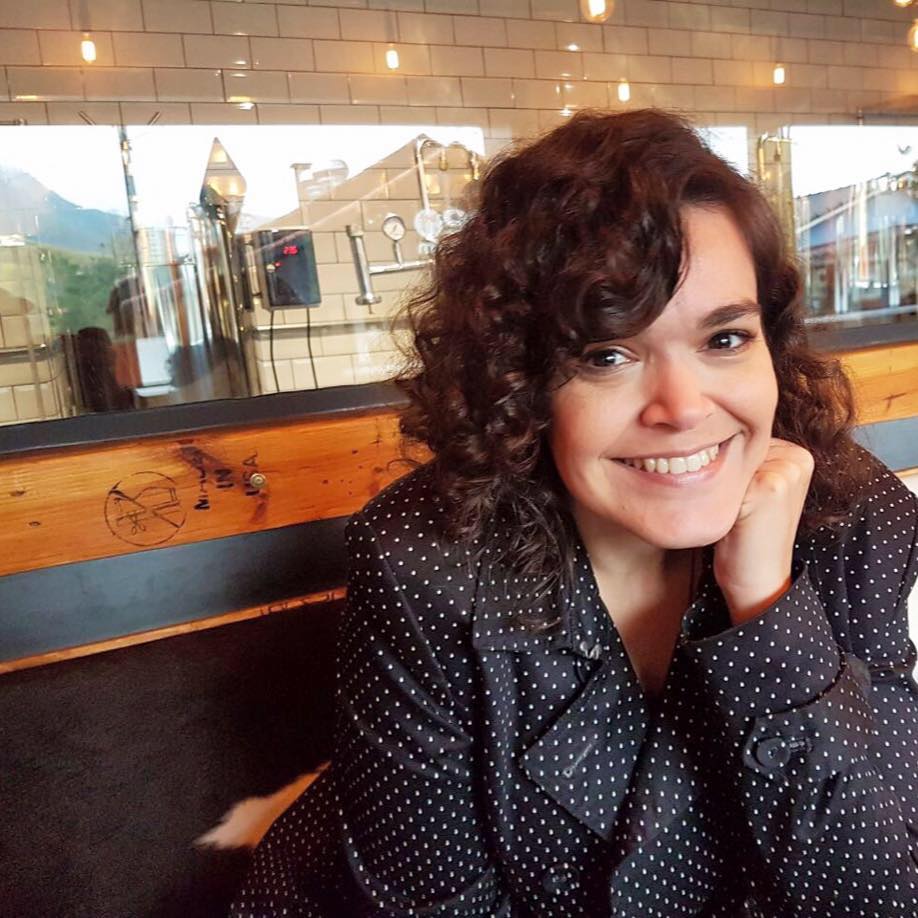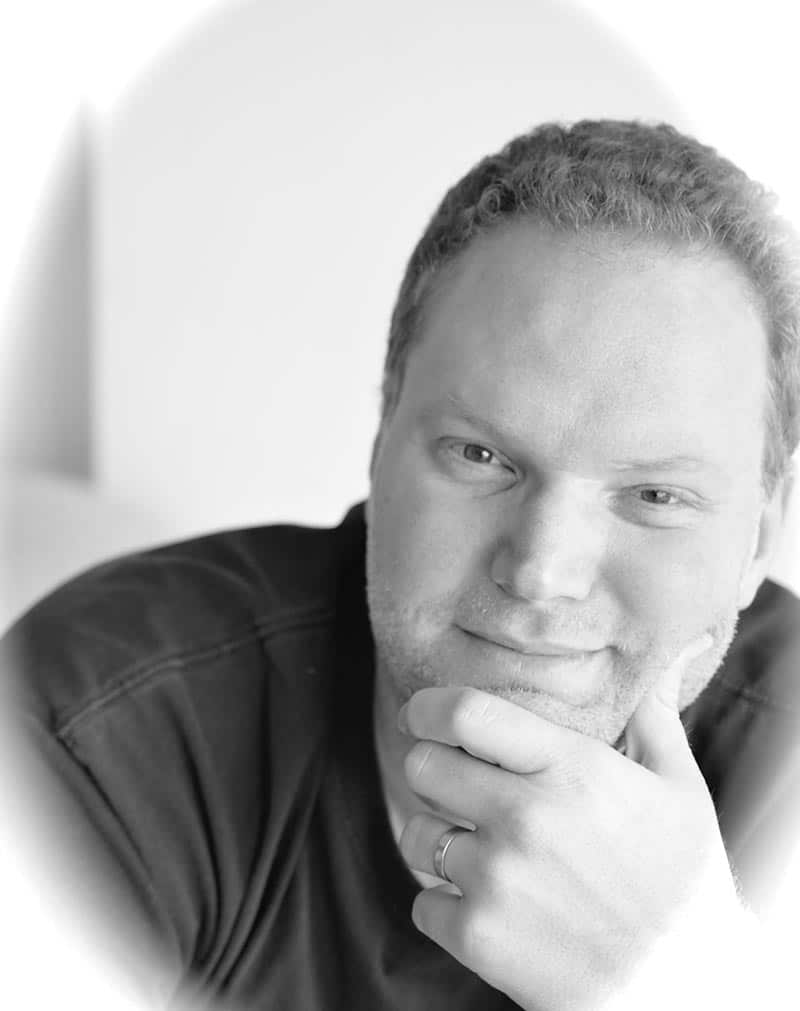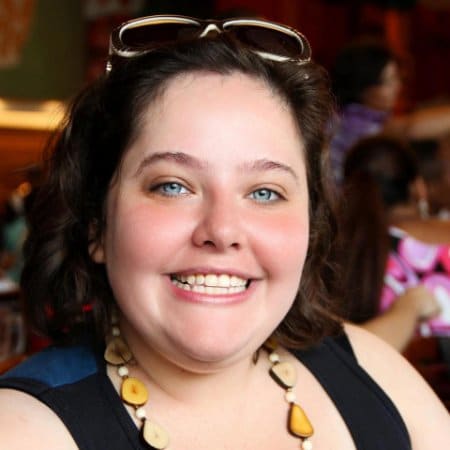Speaking: how much of “controlled practice” is actually “contrived practice”?
[This is a reflection; I am not here to give you answers nor do I have any. I would like to pick your brain about something that has been bothering me for long.]
The first time I went to Argentina was in 2010. Getting there, my former boyfriend, having learned a little of the language from a “How to say everything…” kind of book, takes control of the situation and slowly says to the cab driver, as if trying not to forget any words: Nosotros quisiéramos ir a la calle… (“we would like to go to the street…”), to what the driver immediately answered, impatient: Si, si, cual és la calle? (what’s the street?). What I felt there was that no one speaks like that, in complete sentences. Being Spanish a Romance language, like ours, one of the things that occurred to me then was that nosotros could probably be omitted, since the verb indicates the person who is speaking. And the driver was probably fed up with listening to those travel guide-generated sentences that only made him waste his time. What he needed was a name, not a beautiful sentence in Spanish.
Since this episode, a dilemma around the idea of “controlled practice” in speaking lessons got stuck in my head: how do we actually improve speaking skills – and students’ awareness of their speaking skills – in the classroom keeping in mind two things: 1- making sure they produce language that is accurate; and 2- without removing autonomy, authenticity, and spontaneity from spoken discourse?
Brown & Yule (1983:27) describe the benefits of teaching based on the notion of “correct responses” (asking for students to answer in complete sentences every time they speak, so they get as much spoken practice of structures as possible): it improves a student’s ability to produce short structured responses in familiar dialogue slots. However, and the authors proceed to ask, how can we go from short structured responses to the longer, not always grammatically pristine turns required in real life?
My take on this would be: how can we make them sound natural when we keep demanding written grammar from their spoken production? Most of the time, we don’t communicate in complete sentences. Should students do so?
A bit more on written grammar: Thornbury (2005:33) states a clear difference between written and spoken grammar: spontaneous speech is produced in clause-length units, not in sentence-length units. But the focus of language teaching has always been sentence-length grammar. We teach grammar items without much distinction between spoken and written grammar. So we end up teaching sentence-length segments, like the Nosotros sentence up there.
A classroom is closer to a language lab than it is to real life, despite all our efforts. I am well aware of that. We want students to speak, to be able to communicate the most accurate way possible. Yet it seems artificial to teach written grammar to be used in conversation, when conversation analysis shows how the nature of spoken language can be different. Which leads me to the matter at hand: are we preventing students from exploring with spoken discourse when we spend longer on practice than on free(er) production?
Still according to Thornbury, a concept we should be talking about is the one of ‘practiced control’: if in controlled practice we would have several opportunities for repetitive practice with the possibility of making mistakes being minimized, the idea of practiced control is one of allowing the speaker to freely make attempts, only with adequate support. It makes more sense to me, using the author’s metaphor, to let a child pedal freely, but with someone riding along just in case, than to make them ride their bike with training wheels for longer than needed just to make sure it has been done correctly.
So I would like to leave you with this question (and would love to read your two cents): how much of the controlled practice we apply in the classroom is, in fact, “contrived” practice?
—–
References for further reading:
BROWN, G. & YULE, G. Teaching the Spoken Language: An Approach Based on the Analysis of Conversational English. Cambridge: Cambridge University Press, 1983.
THORNBURY, Scott. How to Teach Speaking. Harlow, England: Longman, 2005.
—–. “P is for Practised Control”. In An A-Z of ELT: Scott Thornbury’s blog. Found online on https://scottthornbury.wordpress.com/2011/05/29/p-is-for-practised-control/






